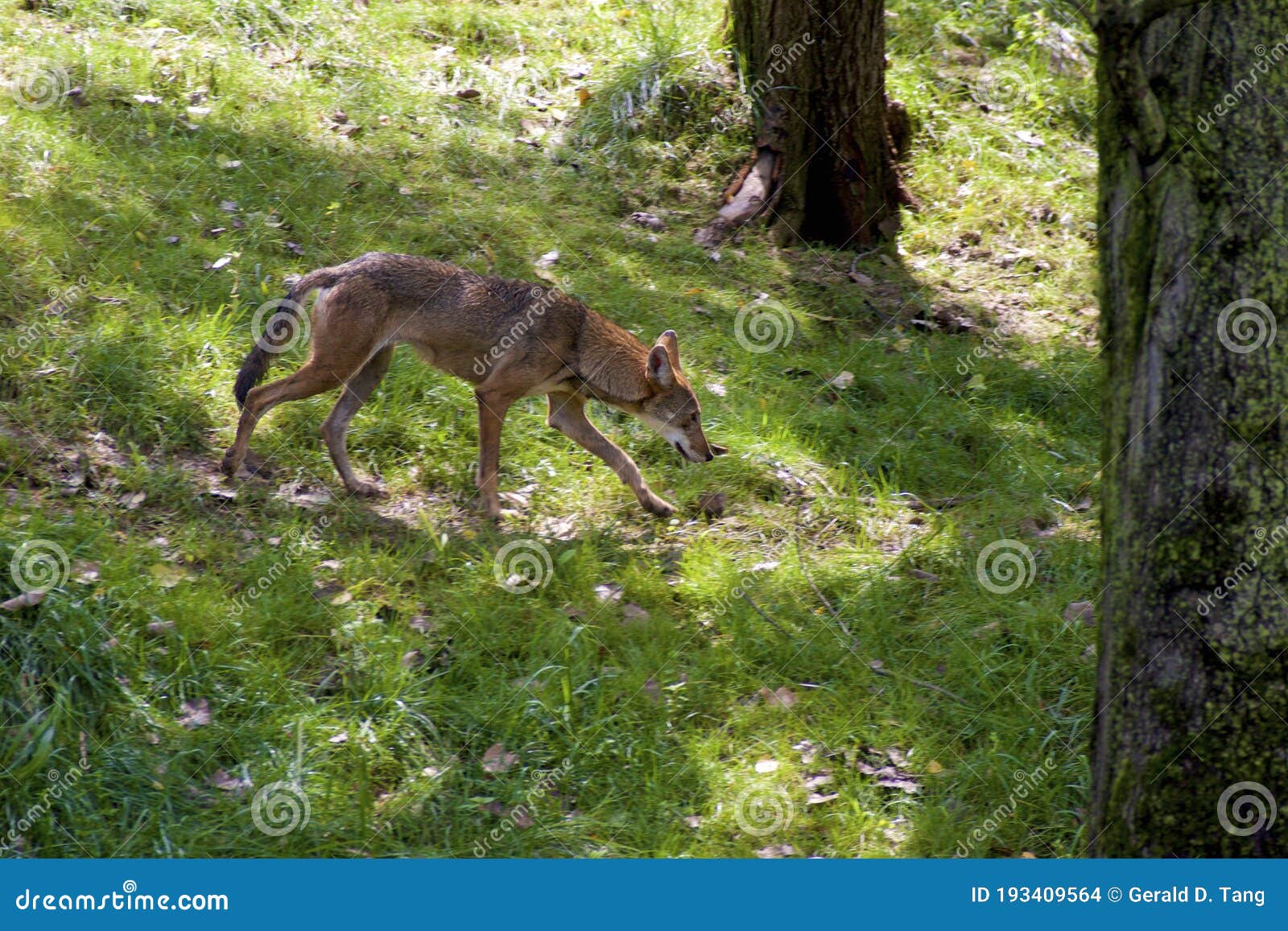


Hybridization may be a phenomenon misconceived by many modern evolutionary biologists, and conservation guidelines over control on anthropogenic impacts may need revisions in order to respect the new perspectives on hybridization’s role in evolution. However, control of hybridization may not be the solution. Control of hybridization has been defended and done in the wild to theoretically save the species. The red wolf makes its home in swamps, forests, and coastal plains.Canis rufus is an example of animal whose conservational needs have been questioned because of its possible hybrid status. Today, there are more than 100 red wolves in and around the Alligator River National Wildlife Refuge and Pocosin Lakes National Wildlife Refuge in northeastern North Carolina and over 200 red wolves in captive breeding facilities across the United States. The refuge was chosen because it had no coyote population. The first group of captive wolves was released in the Alligator Wildlife Refuge in North Carolina in 1987. Fearing the species would become extinct, the US Fish and Wildlife Service captured fourteen pure red wolves and started raising them in captivity.īy the 1980s, the red wolf had become extinct in the wild. The red wolves in those states were mating with coyotes and the population was becoming hybridized. The red wolf once roamed over much of the eastern United States, but by the early 1900s it had disappeared from all states except Texas and Louisiana.


It is about four feet long from nose to the tip of its tail. The red wolf weighs between 45-80 pounds and stands about two feet tall from shoulders to feet. It is larger than a coyote and smaller than a gray wolf. It has a long snout and a long, black-tipped tail. The red wolf has gray or black fur mixed with red, especially on its legs and sides. US Fish and Wildlife - US Status: Endangered ICUN Redlist - World Status: Critically Endangered


 0 kommentar(er)
0 kommentar(er)
